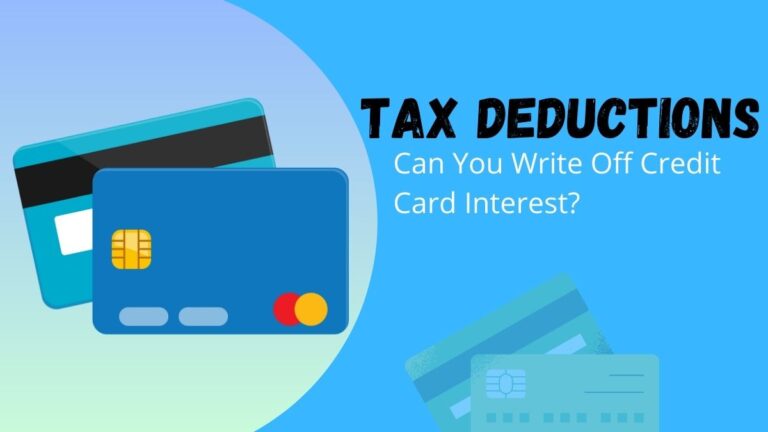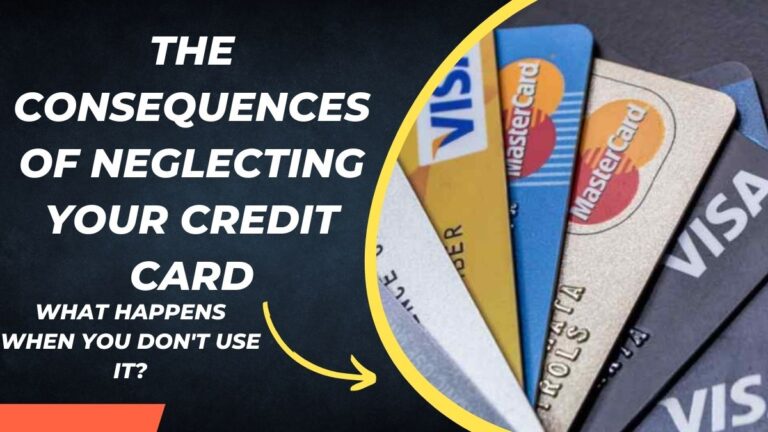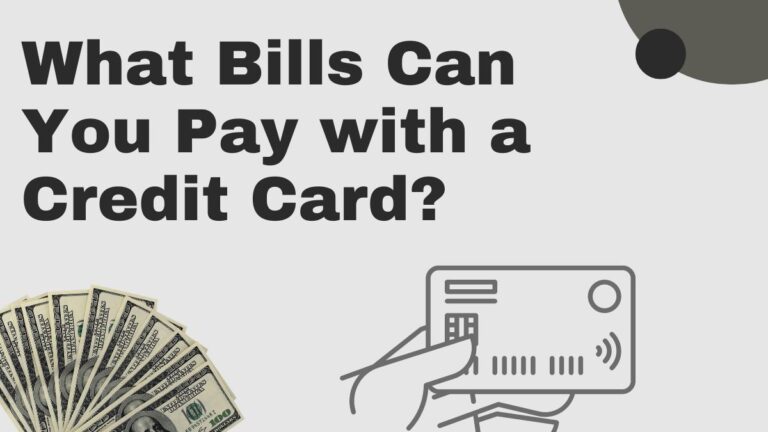A Beginner’s Guide to Credit Card Processing: Understanding the Basics
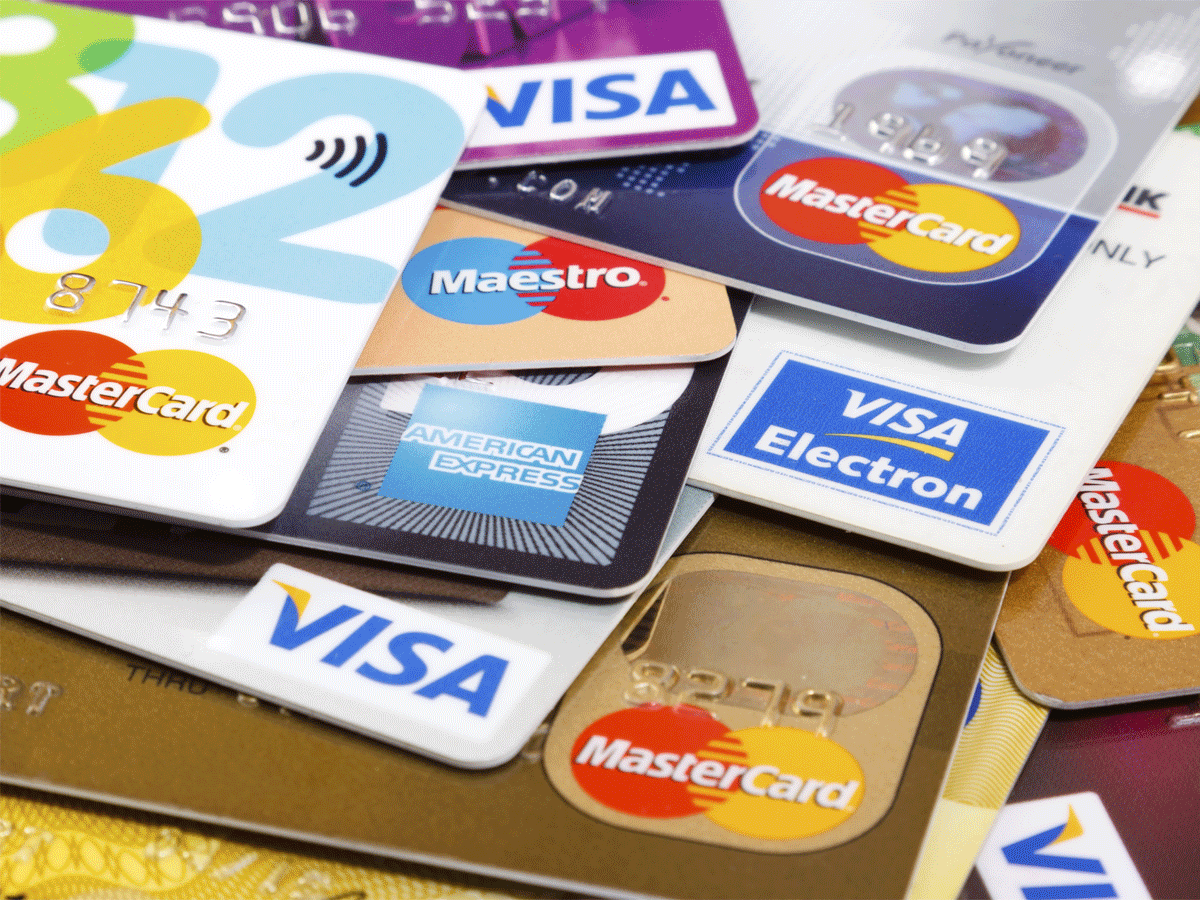
Are you new to the world of credit card processing? Worried that it might feel like diving into a deep abyss of complex jargon and convoluted procedures? Well, fret no more! In this beginner’s guide, we’re here to demystify the basics of credit card processing and set you on your path toward mastering this essential aspect of running a business.
From understanding merchant accounts to decoding transaction fees, we’ll break down everything you need to know in simple terms – making sure you stay ahead of the game and never miss an opportunity to boost your sales. So, grab a cup of coffee, sit back, and let’s embark on this exciting journey together!
Table of Contents
What is Credit Card Processing?
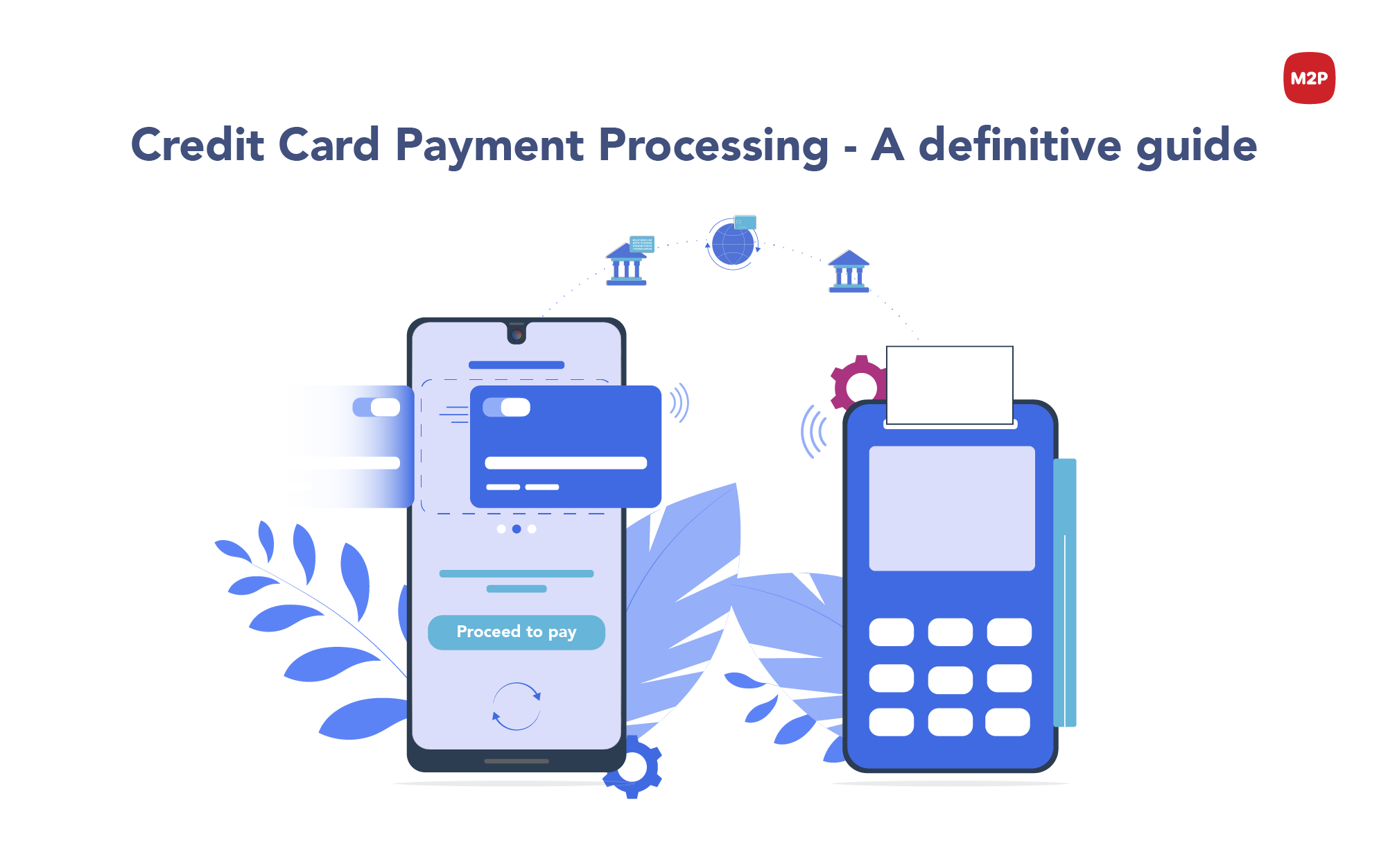
Credit card processing is the process of accepting and clearing payments made with a credit or debit card. The main goal of credit card processing is to quickly and easily transfer money from your customers’ accounts to your own. This can help you meet your financial obligations on time, reduce your overall processing costs, and increase your customer base.
What are the benefits of credit card processing?
There are many benefits to using credit card processing services:
- Quick and Easy Transactions: Credit card processing speeds up the process of transferring money from your customers’ accounts to yours. This can help you meet your financial obligations on time, reduce your overall processing costs, and increase your customer base.
- Credit card processing speeds up the process of transferring money from your customers’ accounts to yours. This can help you meet your financial obligations on time, reduce your overall processing costs, and increase your customer base.
- Lower Processing Costs: Having a centralized system in place reduces the administrative costs associated with accepting payments via credit or debit cards. This can save you money on fees, interest charges, and other related expenses.
- Having a centralized system in place reduces the administrative costs associated with accepting payments via credit or debit cards. This can save you money on fees, interest charges, and other related expenses. Increased Customer base: A well-executed credit card processing system can help you attract new customers and boost your bottom line.
- A well-executed credit card processing system can help you attract new customers and boost your bottom line.
- More Flexible Payment Options: Credit cards offer a wide range of payment options, including direct debit, pre-paid cards, and automatic top-ups. This allows you to cater to a variety of customer needs and preferences.
- Credit cards offer a wide range of payment options, including direct debit, pre-paid cards, and automatic top-ups. This allows you to cater to a variety of customer needs and preferences.
- Better Security: A well-maintained credit card processing system includes security measures like encryption and tokenization. This helps protect your customer data from breaches and theft. A well-maintained credit card processing system includes security measures like encryption and tokenization. This helps protect your customer data from breaches and theft.
- Reporting Features: Most processors offer detailed transaction reports that can help you identify trends and track performance over time. This information can help you make informed decisions about your business strategy.
What are the costs associated with credit card processing?
The main costs associated with credit card processing are the fees charged by your bank and the fees charged by the processor. These fees can vary depending on your particular situation, but they generally range from 2% to 3%. Additionally, you’ll likely have to pay for hosting and software services, as well as wages for personnel responsible for processing payments. All of these costs can add up quickly, so it’s important to weigh potential costs carefully before making a decision.
The Basics of Credit Card Processing

Credit card processing is a huge industry, and it has a wide variety of applications. It can be used in everything from e-commerce to point-of-sale systems. The Basics of Credit Card Processing is designed to give you an understanding of the basics of this process so you can put it to use in your business.
When someone pays with a credit card, your business receives a money transfer (the credit card company pays the merchant). This transfer happens through the secure network provided by a Visa card or Mastercard.
Credit card processing involves three main steps: authorization, settlement, and reporting.
- Authorization is when your business checks whether the credit card company is willing and able to pay for what’s being purchased. This step usually takes less than two minutes. If everything looks good, then your business moves on to settlement.
- Settlement happens when the funds are transferred from the credit card company to the merchant account (this account typically belongs to your business).
- Reporting is where you get information about how much revenue was generated by each transaction during that particular period (usually weekly or monthly).
There are a variety of credit card processing options available to businesses of all sizes. Many processors offer different types of licensing, so it’s important to research what’s best for your business. You can find a list of processors here.
It’s also important to consider the cost of doing business with a processor. Different processors offer different pricing structures, so it’s important to compare apples to apples before making a decision. Some good ways to do this are by looking at online comparisons or reading customer reviews.
Finally, it’s important to keep in mind that credit card processing is an industry that is constantly evolving. The payment landscape is changing rapidly, and it’s always recommended that businesses stay up-to-date on the latest trends and developments. This way, they can make the most effective use of their processing capabilities and minimize potential liability issues.
How Does Credit Card Processing Work?
When you purchase with a credit card, the credit card company pays the store. The store then debits your account and sends the money to your bank.
How does credit card processing work? Credit card companies use a variety of technologies to process your purchase. ACH, which is short for Automated Clearing House, is one popular credit card processing method. With ACH, the credit card company’s financial institution processes your payment and sends it directly to the store. This eliminates the need for both you and the store to carry out this function. E-commerce platforms such as Amazon also use ACH as their primary payment processing method.
Another common type of credit card processing is called “ Hands-Free” processing. With this type of processing, customers complete their purchase without ever having to input their PIN or sign any forms. Instead, hands-free technology uses voice recognition software to prompt users for their information such as their name and shipping address. Once this information is received, the system enters this data into a virtual form on behalf of the customer.
Last but not least, there is also “ swipe-and-go” processing – which is used by some large retail stores such as Walmart and Target. With swipe-and-go processing, shoppers simply place their plastic debit or credit card on a reader that reads each magnetic stripe in turn. After entering their personal identification number (PIN), they can proceed with checking out as usual.
Common Questions About Credit Card Processing
There are a few common questions about credit card processing that people may have, so we’ll go over them below.
What is the process for getting a processing account?
One of the first things you’ll need is a processing account. This can be straightforward if you already have an existing merchant account with a bank or payment processor like Visa or Mastercard. If not, you’ll need to open a new account with one of these providers. Once you’ve got an account, submit your application and provide any documentation requested, such as your business license or contact information for your customer base.
Once your application has been approved, the provider will set up a processing account number for you and provide detailed instructions on how to start accepting credit and debit cards.
How much does it cost to get started?
The amount it costs to get started varies widely depending on which provider you choose and the features offered. However, in general, setting up a basic processing account typically costs around $10 per month. More advanced features, like automatic interchange conversion (AIC) and fraud prevention services, can cost more, but they’re generally worth the investment if you plan on large-scale card acceptance.
Conclusion
Credit card processing is a business process that can significantly impact your bottom line. To be successful, you need to understand the basics of credit card processing so that you can make informed decisions when it comes to implementing this important part of your business.
In this guide, we will provide an overview of what credit card processing is and how it works, as well as tips on choosing the right processor for your business and some key considerations when accepting cards. I hope that this guide has provided you with the information you need to get started in credit card processing and help you grow your business!

